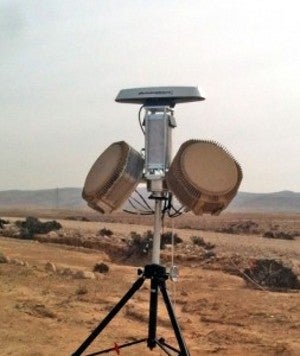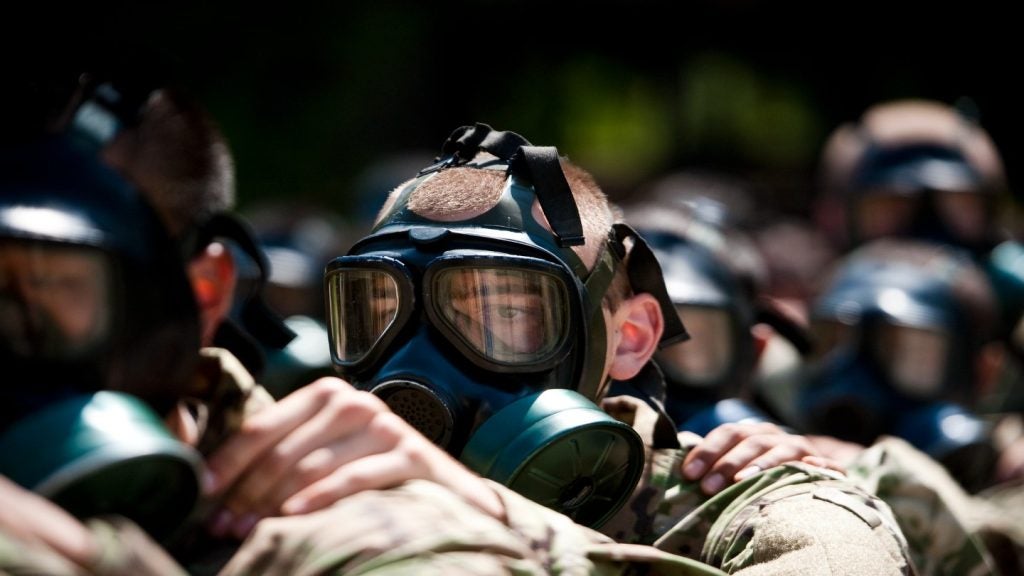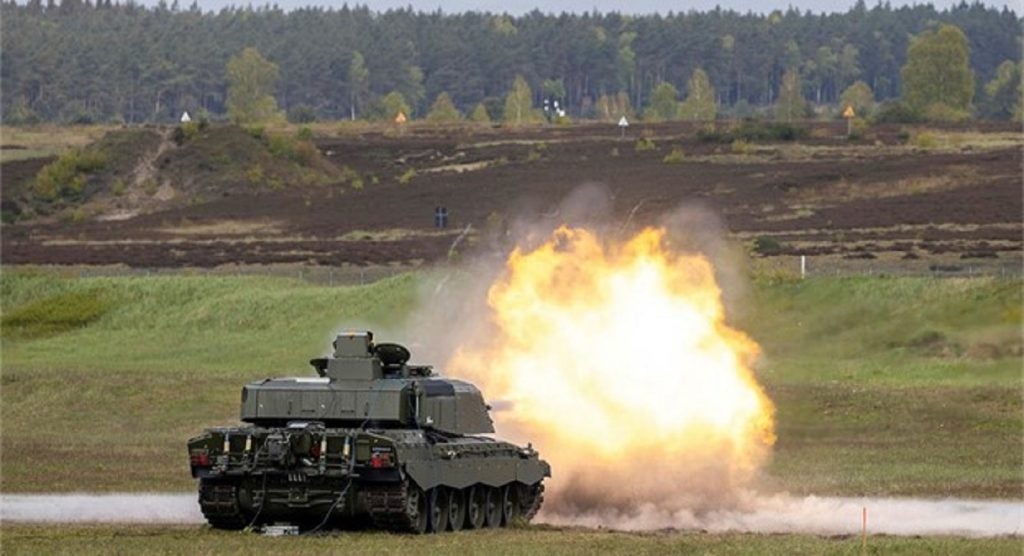
RADA Electronic Industries has tested the RPS-40 multi-mission hemispheric radar (MHR) to demonstrate its counter-artillery, rockets and mortars (C-RAM) detection capabilities.
The radar successfully detected a multitude of mortars and rockets that were fired within its coverage area during testing, which was observed by the Israel Defense Forces (IDF) and defence industry representatives.
RADA chief executive officer Zvi Alon said the tests confirmed advanced capabilities and technological maturity of the radar system, which is expected to enter serial production by mid-2013.
"In the coming months, we will conduct further tests on additional operational missions, and estimate that by the end of the year our radars will be installed and in use by select customers," Alon said.
The threats were detected at a very early stage by the radar, which also provided lengthily alert times without setting off any false alarms.
Equipped with active electronically scanned array (AESA) antenna, the RPS-40 is a pulse doppler, software-defined radar designed to detect, track, classify and locate a broad spectrum of direct and elevated threats fired at stationary or mobile forces and forward operating bases (FOB).
How well do you really know your competitors?
Access the most comprehensive Company Profiles on the market, powered by GlobalData. Save hours of research. Gain competitive edge.

Thank you!
Your download email will arrive shortly
Not ready to buy yet? Download a free sample
We are confident about the unique quality of our Company Profiles. However, we want you to make the most beneficial decision for your business, so we offer a free sample that you can download by submitting the below form
By GlobalDataThe radar is capable of computing the point-of-origin and point-of-impact of rockets, artillery, mortars (RAM), anti-tank guided missile (ATGM), and rocket-propelled grenades (RPG), as well as low quadrant elevation (QE) systems helping soldiers in employment of selective countermeasures.
Capable of integrating with any protection system or command, control, communications and intelligence (C4I) system, the radar can either be mounted at stationary bases and posts, or onboard fighting vehicles; it uses three modes, hemispheric search, sector or horizontal search for trajectory detection and tracking.
Image: The RPS-40 radar system increases soldier survivability by providing early warning of C-RAM threats. Photo: courtesy of RADA Electronic Industries.







